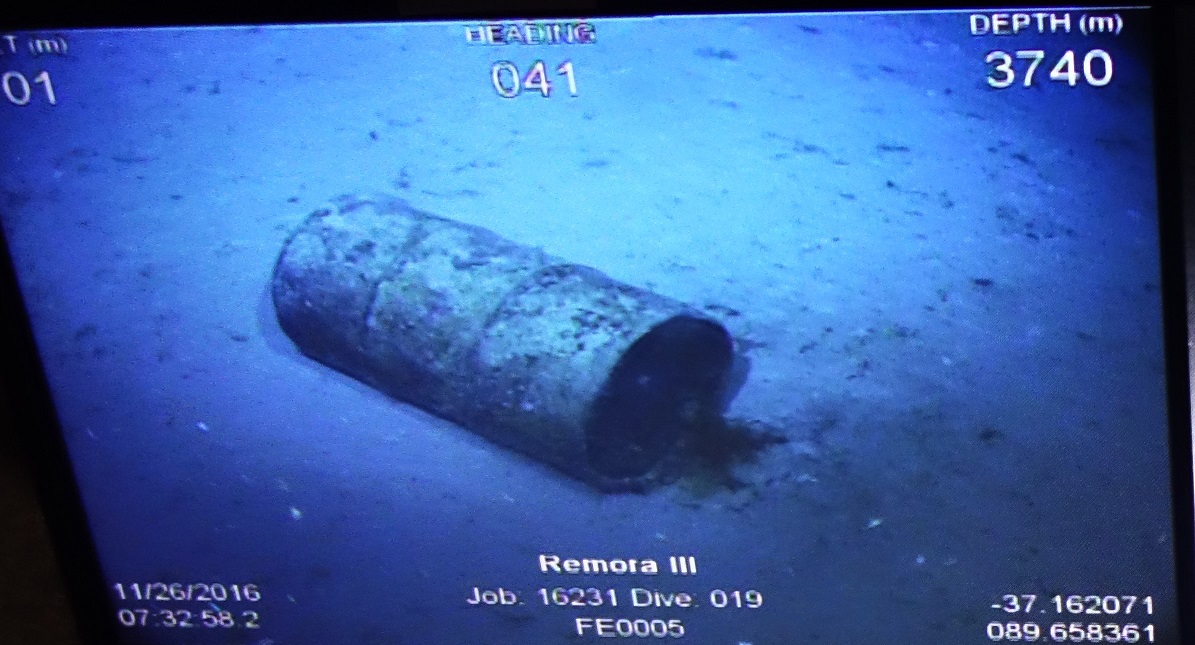The search for missing Malaysia Airlines flight MH370 has wound down to one ship after a Chinese vessel headed to Fremantle on December 3 to decommission a remotely operated vehicle before heading back to Shanghai.
The departure comes as a lengthy search of a 120,000 sq. km slice of the Indian Ocean identified as the most likely site of the crash by the Australian Transport Safety Bureau and international experts is due to end in January-February.
Ministers from Malaysia, Australia and China determined in July that the search would be suspended once the 120,000km area had been searched but left open the possibility it could be extended if credible new evidence leading to a specific location emerged.
Searchers are known to be keen to continue the operation and experts from around the world met in Canberra early last month to review the evidence. A report on the three-day meeting has yet to be released.
The Dong Hai Jiu 101, had been hosting the US-owned Phoenix Remora III remotely operated vehicle (ROV) used to check unusual sea floor sonar contacts identified in previous sweeps and conducted 33 dives since October.
The sonar contacts were anomalies found in previous sweeps that did not fit the profile of a typical aircraft debris field but raised questions about their origin.
The underwater vehicle, which was tethered to the ship via a cable , confirmed that the contacts were geological or man-made items such as cables, drums and a box.
None were related to the crashed Boeing 777-200ER, which went missing in mysterious circumstances in March, 2014, with 227 passengers and 12 crew on board while travelling between Kuala Lumpur and Beijing.
The remaining ship, the Fugro Equator, will continue search operations using an autonomous underwater vehicle (AUV) after resupplying in Fremantle.
The torpedo-like Hugin 4500V AUV comes-equipped with a state-of-the-art navigation system and uses the latest battery technology to allow it to operate for 30 hours, travelling at about four knots.
Highly manoeuvrable and with a turning radius of about 15m, it is equipped with sonar and video surveillance equipment. It is generally programmed to search a particular area and the data downloaded after it returns to the ship but it can also receive commands though an acoustic system.
It is used to search irregular and difficult terrain or to reacquire sonar contacts needing further investigation.
The ATSB said the Fugro Equator had completed four AUV operations in the past week , with an average duration of 23 hours.
The Chinese ship’s departure as comes a group of relatives of the MH370 victims travelled to Madagascar to conduct a self-funded search for plane debris and Malaysian aviation investigators collected six pieces of suspected MH370 wreckage found six months ago by US debris hunter Blaine Gibson.
The seven family members claimed their actions embarrassed the investigators into travelling to Madagascar to retrieve the debris found by Gibson but this was denied by Malaysia authorities, who labelled it a “coincidence’’.
Malaysian Department of Civil Aviation director-general Azharuddin Abdul Rahman told the Malay Mail that the investigators would discuss the debris with their Australian counterparts.
























